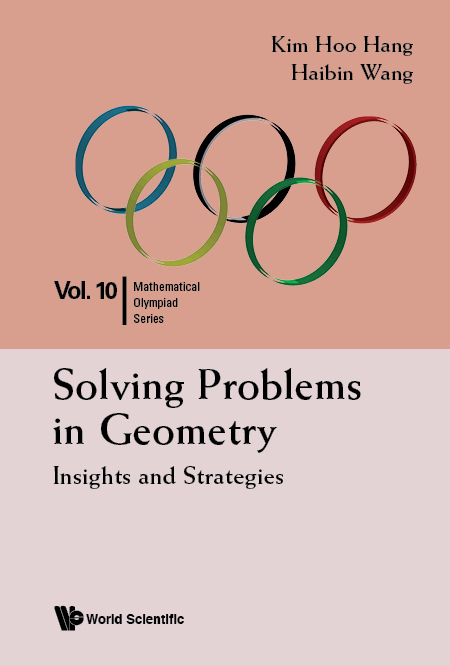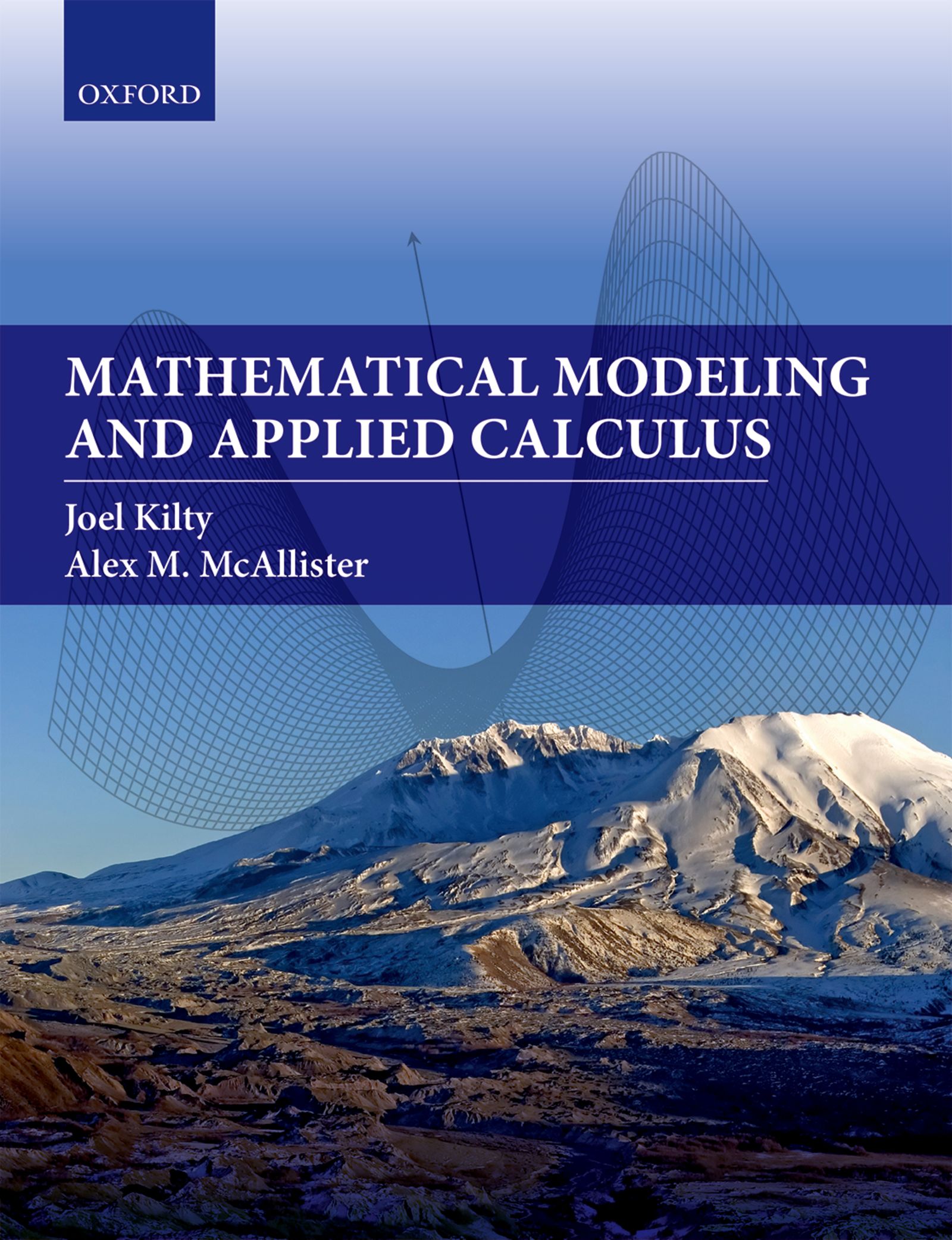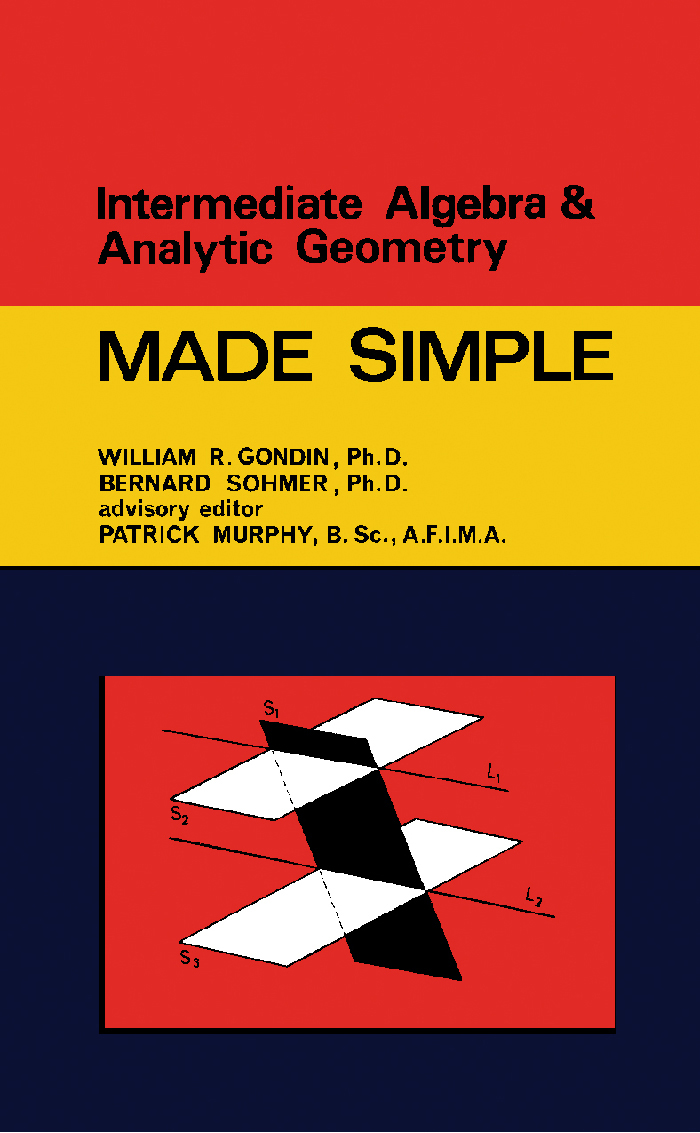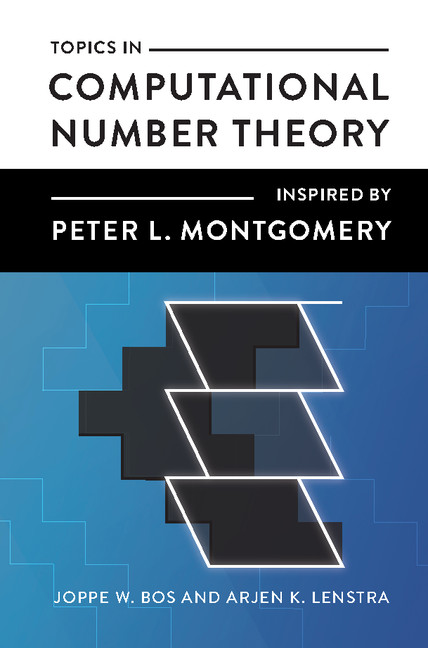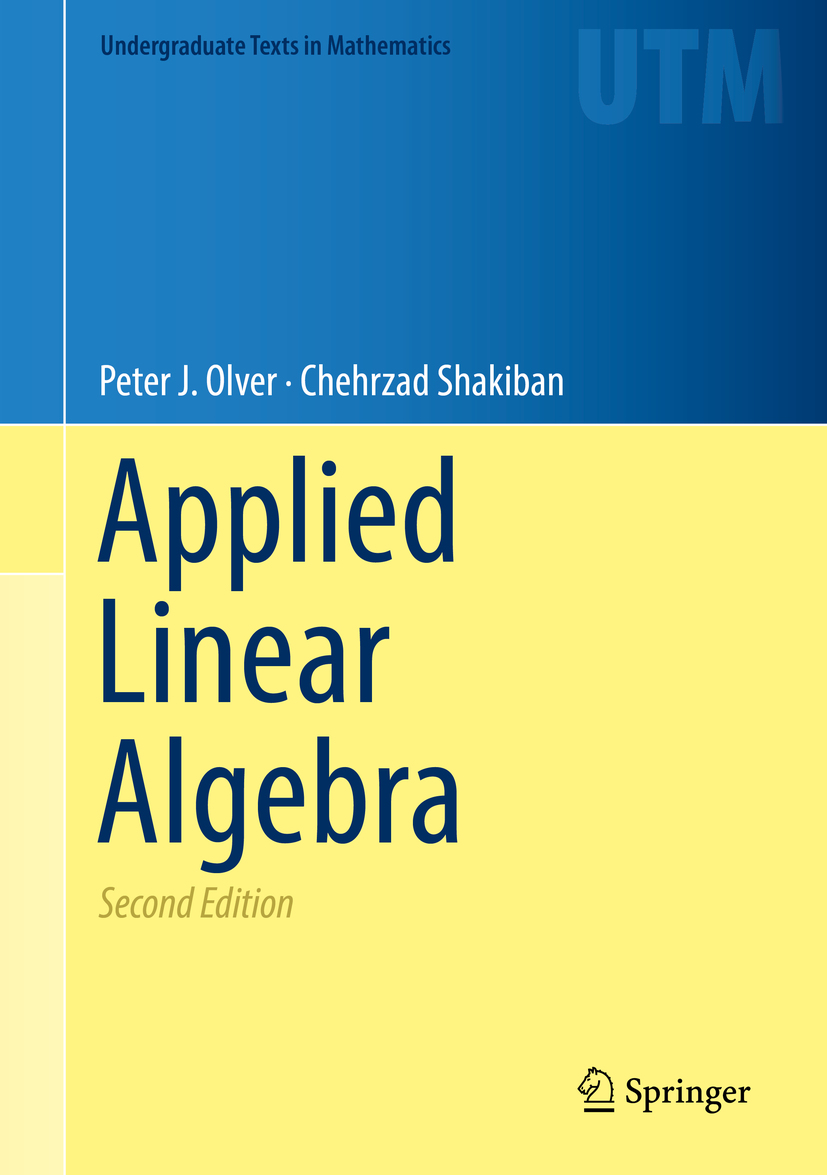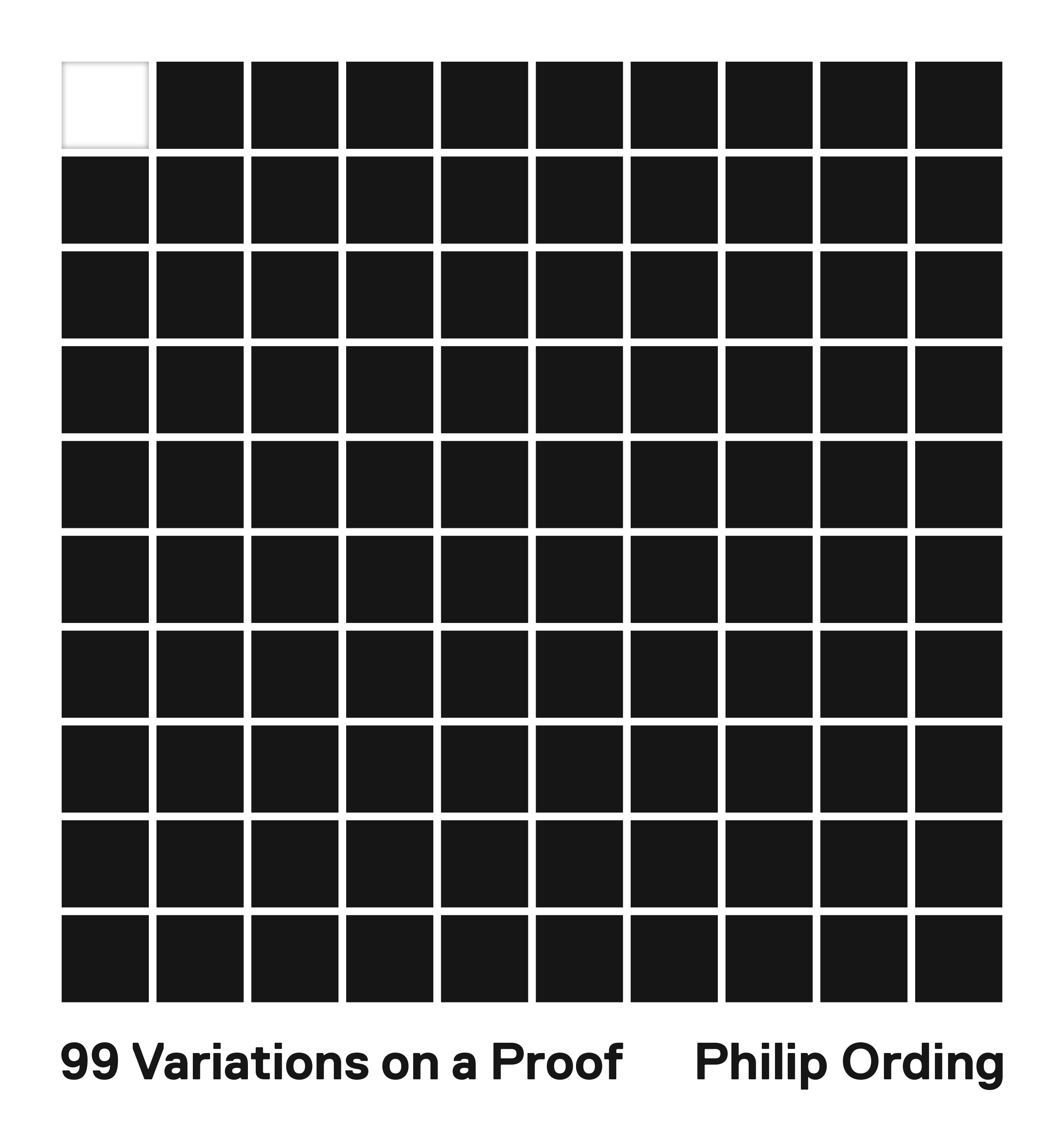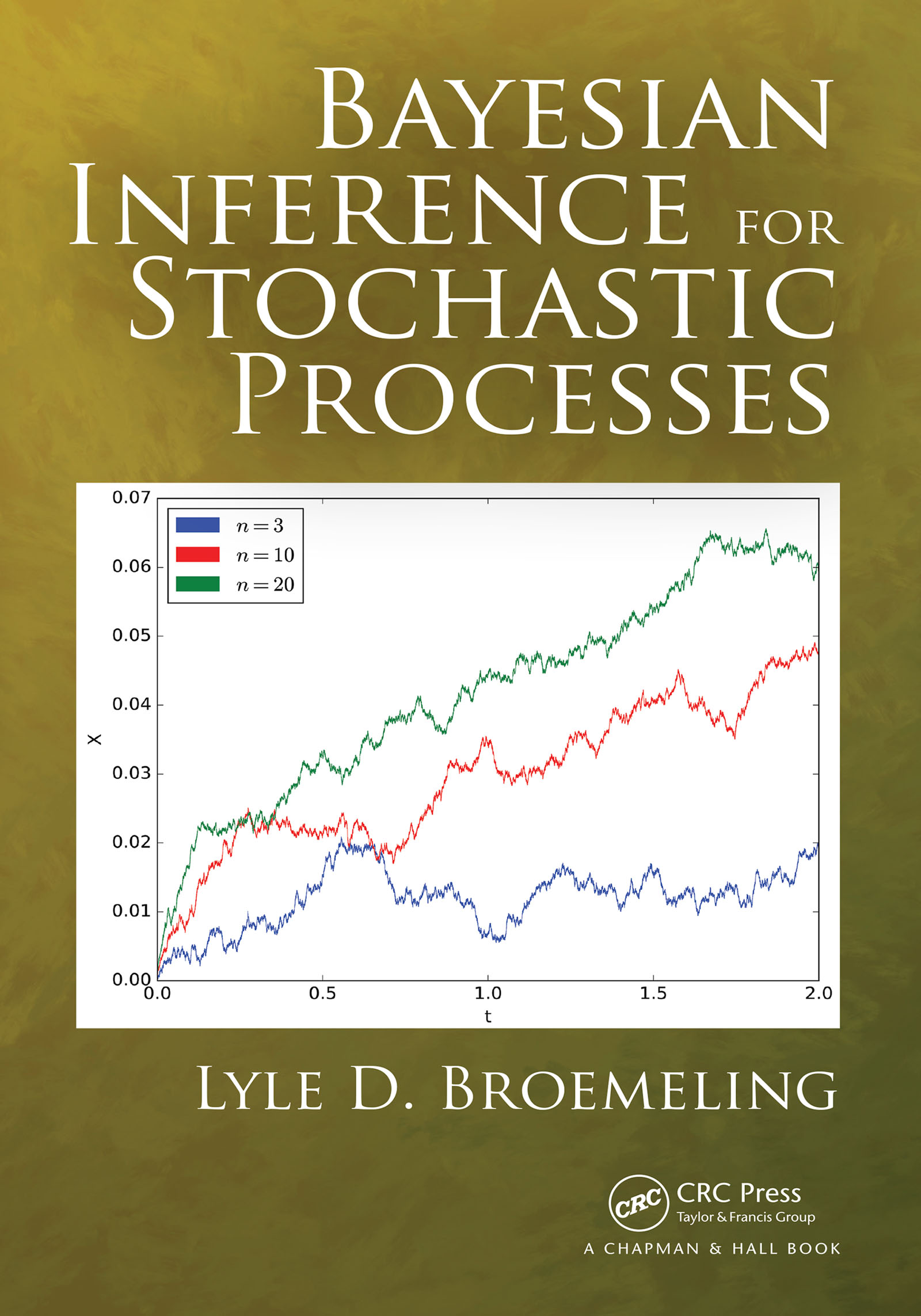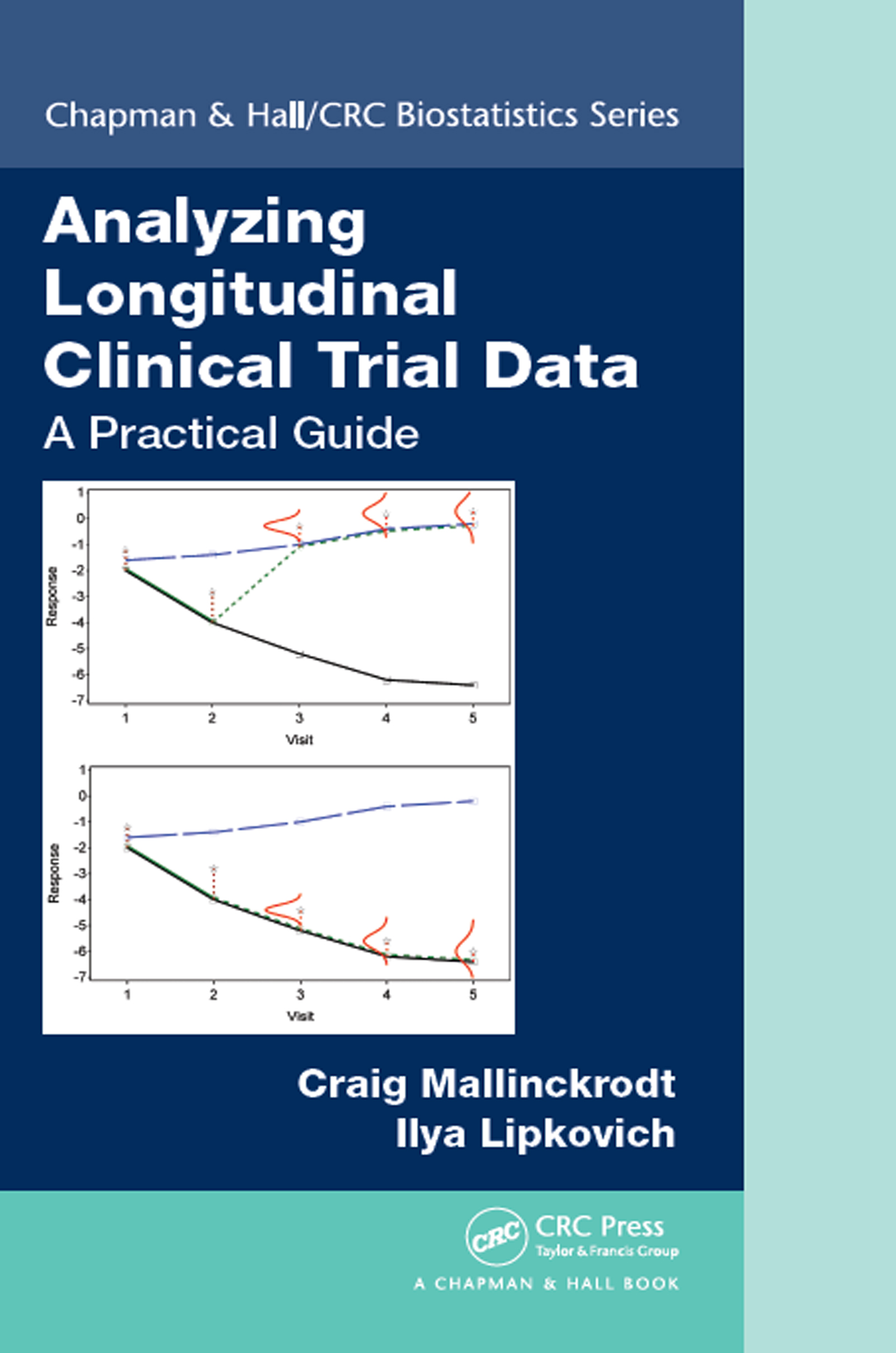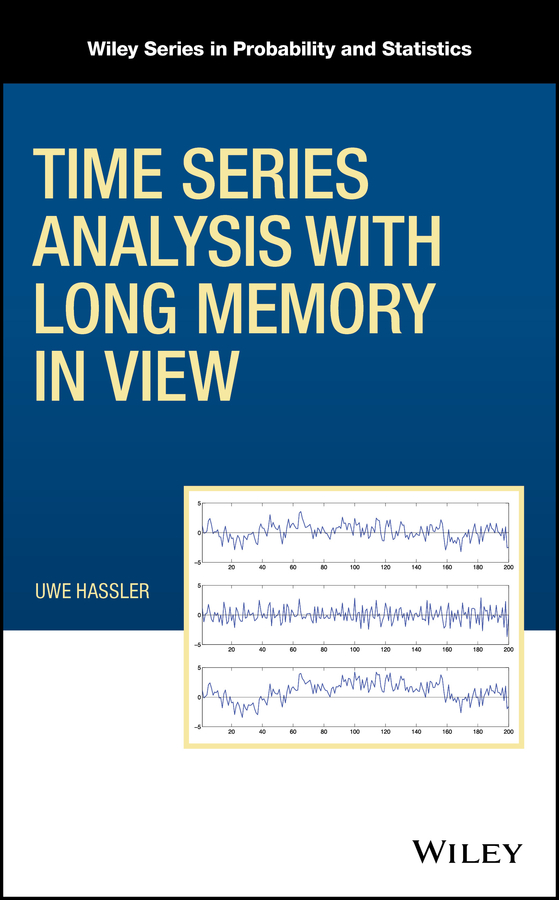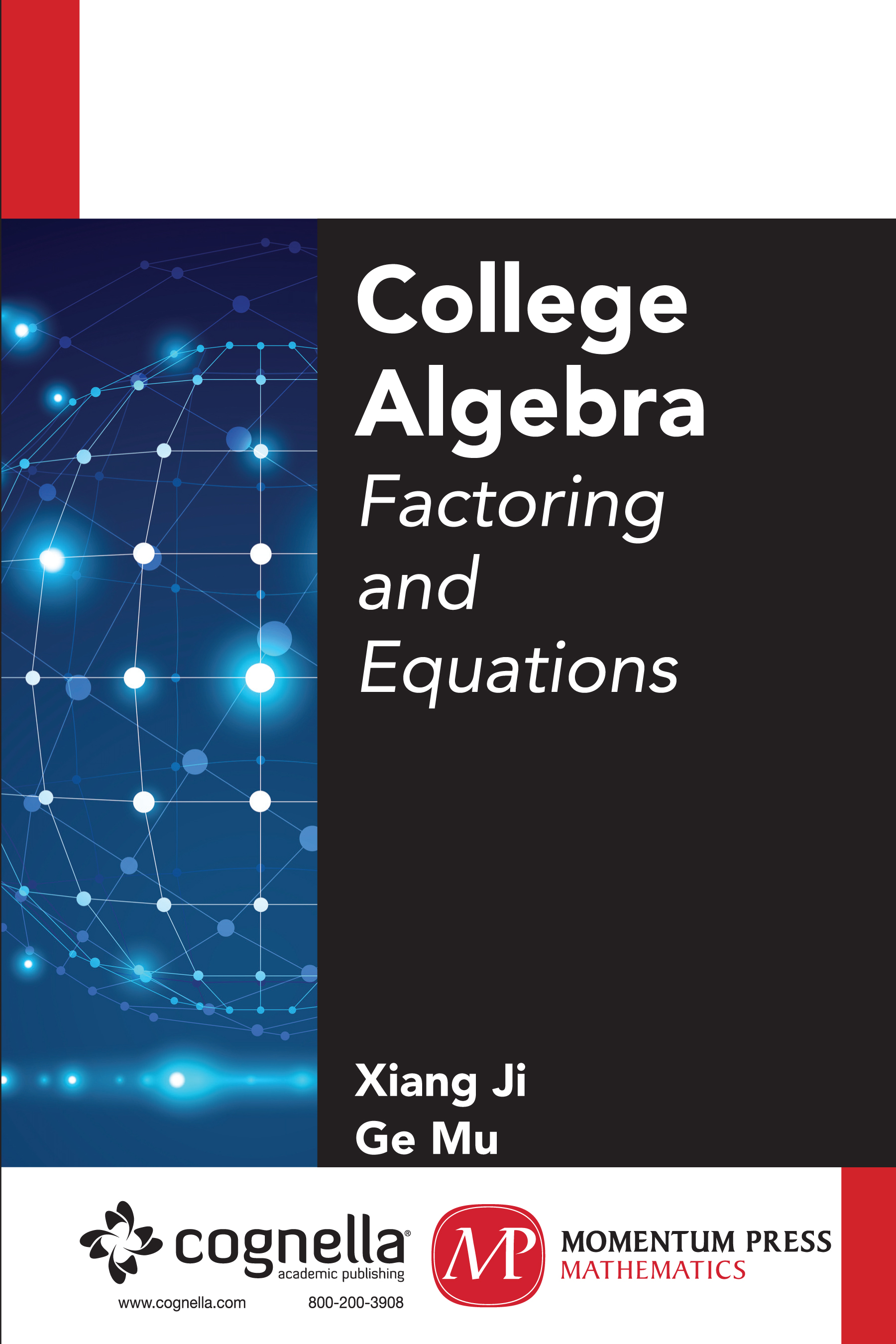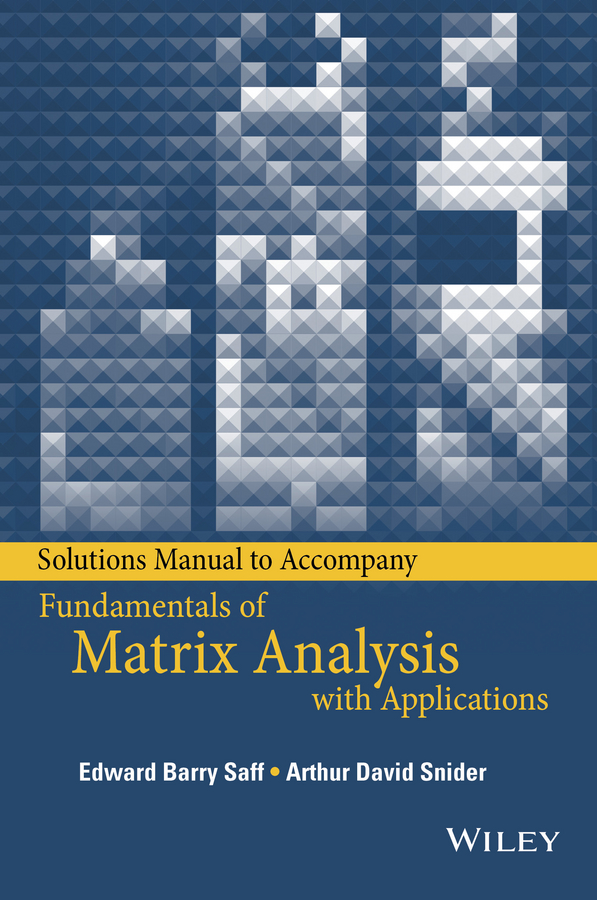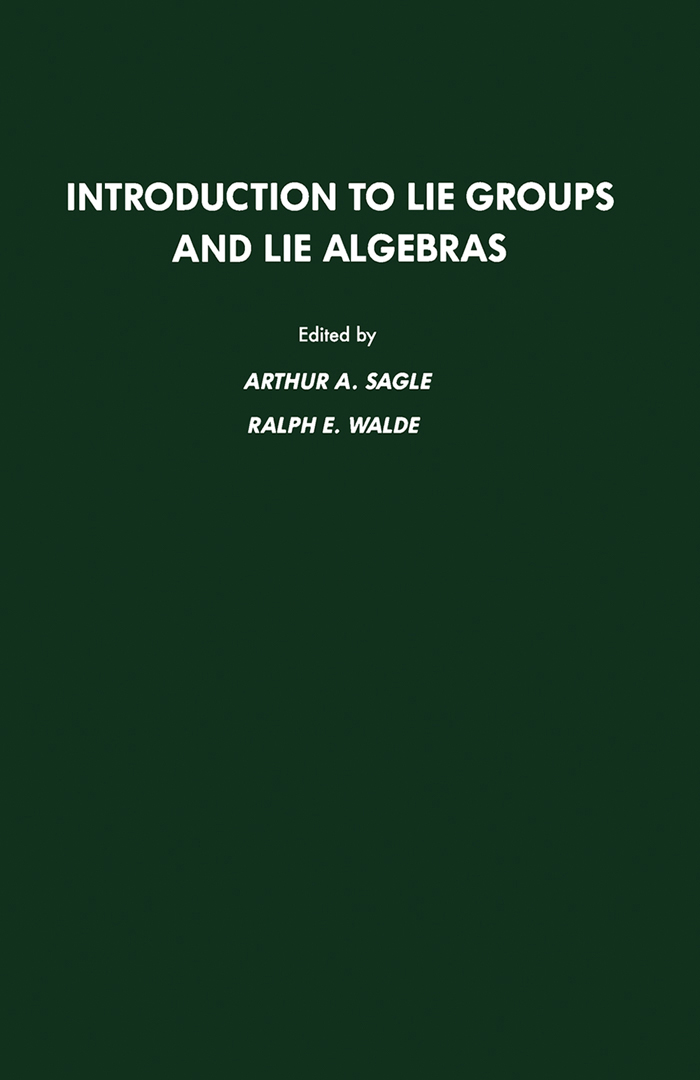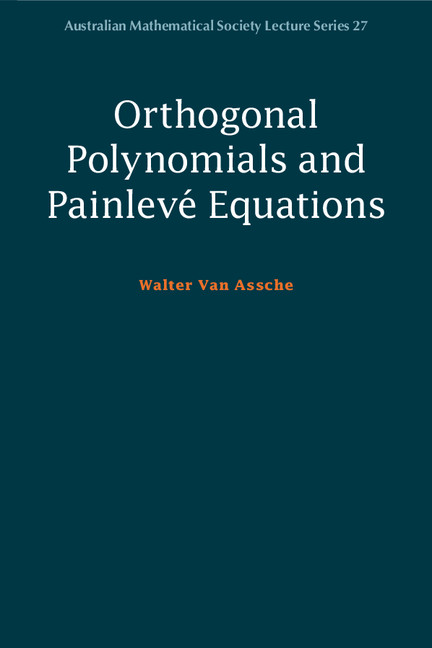Geometric Integration Theory
by Steven G. Krantz
2020-07-23 01:26:59
Geometric Integration Theory
by Steven G. Krantz
2020-07-23 01:26:59
Geometric measure theory has roots going back to ancient Greek mathematics, for considerations of the isoperimetric problem (to ?nd the planar domain of given perimeter having greatest area) led naturally to questions about spatial regions and bounda...
Read more
Geometric measure theory has roots going back to ancient Greek mathematics, for considerations of the isoperimetric problem (to ?nd the planar domain of given perimeter having greatest area) led naturally to questions about spatial regions and boundaries. In more modern times, the Plateau problem is considered to be the wellspring of questions in geometric measure theory. Named in honor of the nineteenth century Belgian physicist Joseph Plateau, who studied surface tension phenomena in general, andsoap?lmsandsoapbubblesinparticular,thequestion(initsoriginalformulation) was to show that a ?xed, simple, closed curve in three-space will bound a surface of the type of a disk and having minimal area. Further, one wishes to study uniqueness for this minimal surface, and also to determine its other properties. Jesse Douglas solved the original Plateau problem by considering the minimal surfacetobeaharmonicmapping(whichoneseesbystudyingtheDirichletintegral). For this work he was awarded the Fields Medal in 1936. Unfortunately, Douglas''s methods do not adapt well to higher dimensions, so it is desirable to ?nd other techniques with broader applicability. Enter the theory of currents. Currents are continuous linear functionals on spaces of differential forms.
Less







